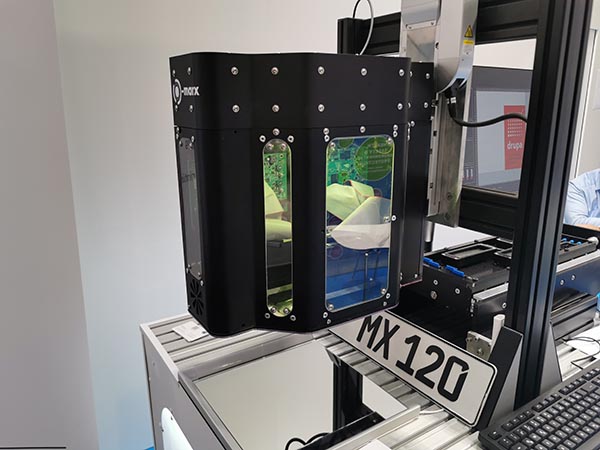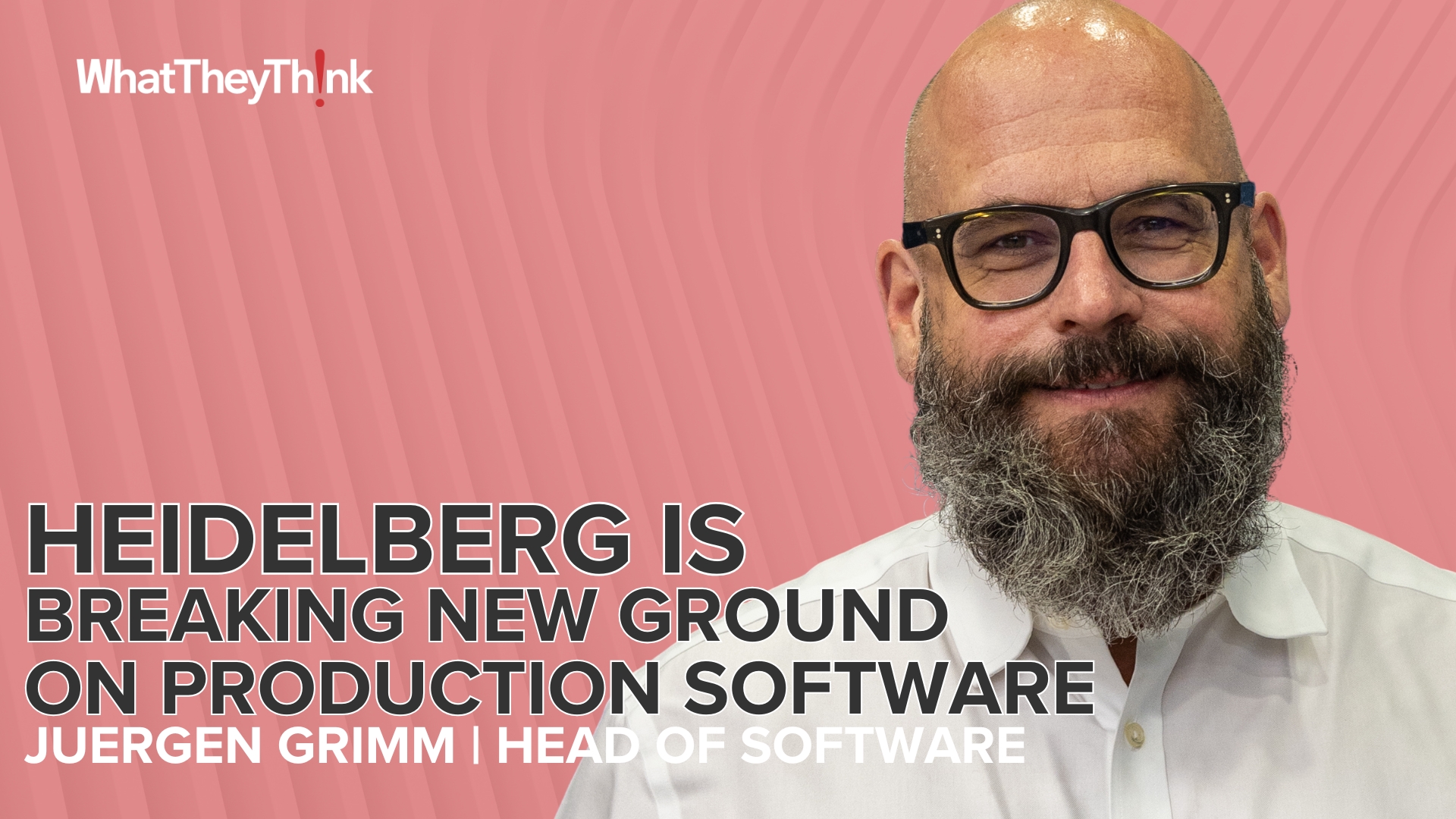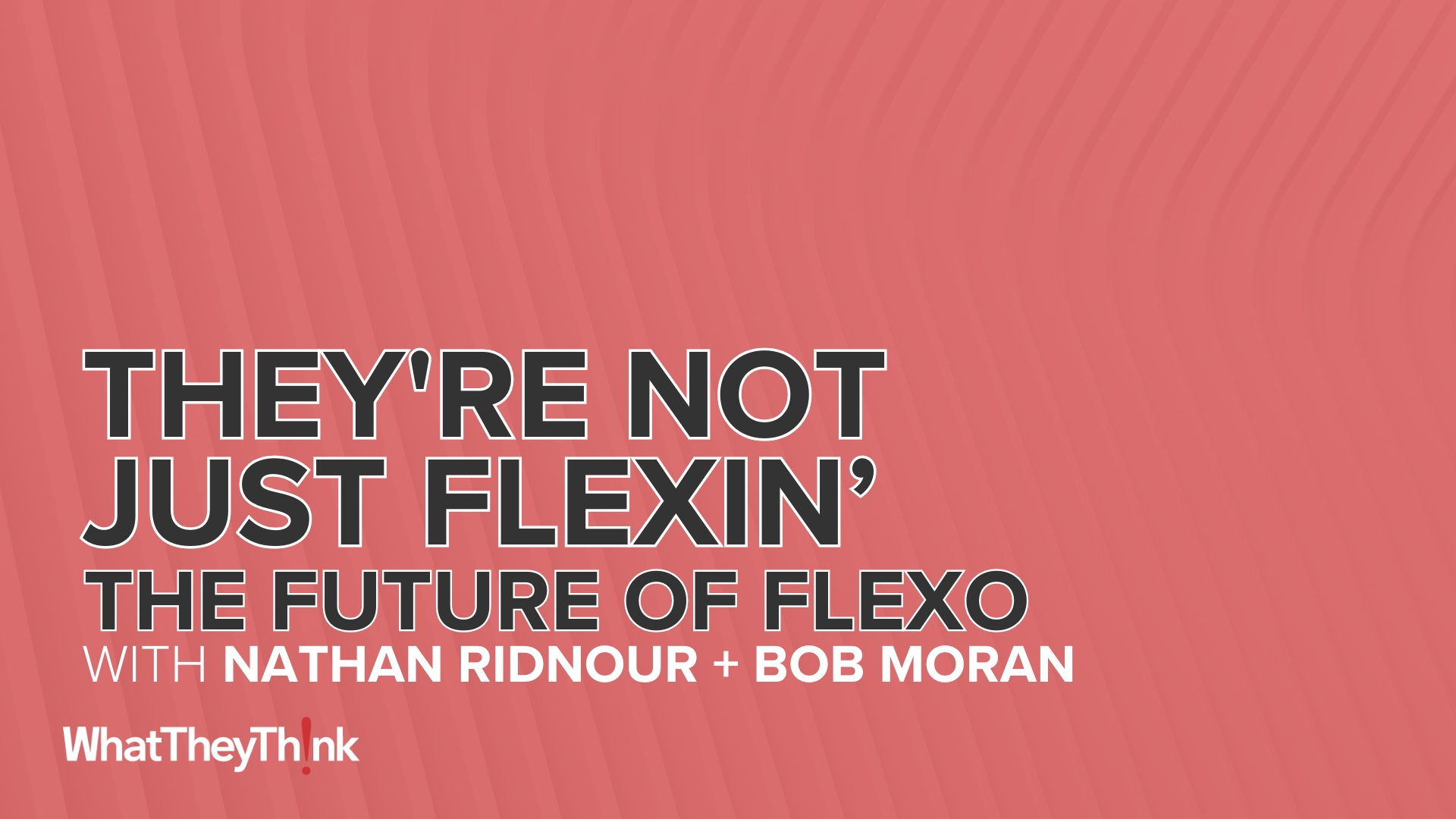
C-marx printer vehicle license plates. C-marx Drucker KFZ-Kennzeichen.
(This article originally ran in the June 4 edition of the drupa daily.)
If you don't find the printing system you need for your printing requirements at drupa, you can also have it built to your own specifications. The areas of application for inkjet printing in particular are extremely diverse—and so are the technical solutions. Inkjet integrators specialize in non-standard applications and either build inkjet printing units into existing printing, finishing and production systems or assemble completely new printing lines.
Although these companies are relatively small, there will also be announcements from them at drupa. Neos (Hall 9/B50) from Italy is presenting a newly developed water-based ink, which was developed by its subsidiary Inkgenio. The ink is said to be suitable for all substrates and speeds of 80 to 120 m/min., especially for non-absorbent substrates used in décor and packaging printing. The ink is also adapted to the Fighter printing modules offered by Neos, as the flexible structure enables the use of NIR pinning modules between the individual printing inks. Primer and drying are adapted to the specific application. Neos will also be demonstrating the potential of integrators with a recently installed printing line, which was designed for UV inks, a web width of 1.4m, and a speed of 240 m/min. according to customer requirements. Neos has a stand in Hall 9.
Other inkjet integrators at drupa are C-marx in Hall 8, MCS in Hall 6, and Industrial Inkjet Ltd (IIJ) on the Konica Minolta stand in Hall 8b. Fujifilm (Hall 8b) also offers inkjet integration services through its subsidiary Unigraphica. So if you are looking for unusual printing applications or specifications in digital printing, these companies are well worth a visit.
Kundenspezifische Drucklösungen mit Inkjetintegratoren
Falls Sie auf der drupa nicht das Drucksystem finden, dass Sie für ihre Druckbedürfnisse brauchen, können Sie sich dieses auch nach den eigenen Spezifikationen bauen lassen. Besonders die Anwendungsbereiche für den Inkjetdruck sind extrem vielfältig und damit die auch die technischen Lösungsansätze. Inkjetintegratoren haben sich auf nicht-standard Anwendungsfälle spezialisiert und bauen entweder Inkjetdruckwerke in existierende Druck-, Weiterverarbeitungs- und Produktionsanlagen ein, oder stellen komplette, neue Drucklinien zusammen.
Obwohl die Firmen relativ klein sind, gibt es auch von diesen auf der drupa Neuigkeiten. Die Firma Neos (Halle 9/B50) aus Italien stellt auf der drupa eine neuentwickelte wasserbasierte Tinte vor, die von der Tochterfirma Inkgenio entwickelt wurde. Die Tinte soll für alle Bedruckstoffe und Geschwindigkeiten von 80 bis 120 m/min geeignet sein, insbesondere für nichtsaugende Bedruckstoffe die im Dekor- und Verpackungsdruck eingesetzt werden. Die Tinte ist auch an die von Neos angebotenen Fighter-Druckmodule angepasst, da der flexible Aufbau den Einsatz von NIR-Pinningmodulen zwischen den einzelnen Druckfarben ermöglicht. Primer und Trocknung werden an den konkrete Anwendungsfall angepasst. Die mögliche von Integratoren zeigt Neos auch mit einer kürzlich installierten Drucklinie, die laut Kundenwünschen auf UV-Tinten, eine 1.4 Meter Bahnbreite und eine Geschwindigkeit von 240 Metern pro Minute ausgelegt wurde. Neos hat einen Stand in Halle 9.
Weitere Inkjetintegratoren auf der drupa sind C-marx in Halle 8, MCS in Halle 6, Industrial Inkjet Ltd (IIJ) auf dem Konica Minolta Stand in Hall 8b. Auch Fujifilm (Halle 8b) bietet über die Tochterfirma Unigraphica Inkjetintegrationsleistungen an. Falls also ungewöhnliche Druckanwendungen oder Spezifikationen im Digitaldruck gesucht werden, lohnen diese Firmen einen Besuch.














